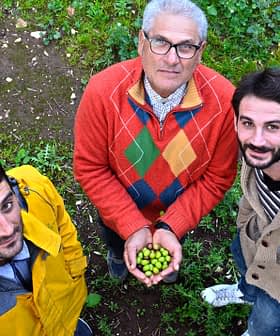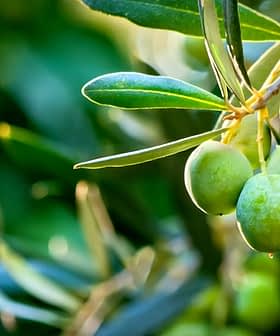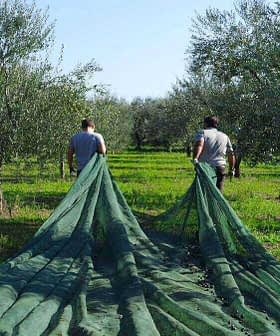Italian Trade Group Proposes New Classification for Extra Virgin Olive Oil

A proposal to lower the acidity threshold value of the extra virgin olive oil from 0.8 to 0.5 percent was recently presented by the consortium of Italian olive oil producers, Unaprol, during a workshop in Rome.
According to international standards, extra virgin olive oil must have a free acidity, expressed as oleic acid, of less than or equal to 0.8 grams per 100 grams, or 0.8 percent.
The request for a new classification of olive oils could be looked into as part of the procedures provided for in the next International Agreement on Olive Oil and Table Olives.
However, in reality, premium products reach a very low level of acidity. During a good year, it is easy to find products between 0.1 and 0.3 percent.
For this reason, in recent years, there has been frequent talk of the possibility of reducing the maximum limit of this crucial quality characteristic.
See Also:Olive Oil StandardsIn the aftermath of a tough season, Unaprol has taken stock of the situation of the Italian extra virgin olive oil, and discussed “strategies to relaunch the sector,” with the aim of combating “speculation, fraud, counterfeiting and climate change.”
“We propose a new classification of extra virgin olive oil which provides for a reduction of the current maximum acidity level from 0.8 to 0.5 percent,” the President of Unaprol, David Granieri, said.
“This initiative stems from the need to ensure quality and effectively combat fraud and scamming, which are more likely to occur in relation to ‘borderline’ products,” he added. “Let us be clear that the panel test works very well, but the classification of olive oil can be improved.”
The background to this proposition was the difficult olive crop year. It was one of the poorest seasons of the last few decades for Italian farmers, as volumes amounted to 185,000 tons.
Olive growers all over the peninsula have suffered significant difficulties mainly due to last winter’s frost; Apulian farmers, who usually contribute half of national output, lost 65 percent of production, and in their region, there have been increasing protests over the state of Xylella fastidiosa.
“The situation is serious, therefore, for months we have been calling upon the government to take action through a National Olive Oil Plan 2.0,” Granieri said. “We believe that, to save the Italian olive oil from attacks, fraud, and speculation, there is need of a supply chain agreement. In this matter, we proposed this new classification of olive oil as a further guarantee of quality.”
The Executive Director of the International Olive Council, Abdellatif Ghedira, pointed out that, “the request for a new classification of olive oils could be looked into as part of the procedures provided for in the next International Agreement on Olive Oil and Table Olives.”
“The IOC standard is a tool that is constantly evolving to meet the needs of the market and demands for transparency and respect for consumers,” he added. “A proposal must be officially presented to the Council of Members so that the Executive Secretariat can take the steps necessary to study the issue at hand in the next international olive oil and tables olives agreement.”
This means that, on the basis of a formal request, the strict procedure for the approval of this standard change may take some time.
“We consider that the new classification that we are proposing is better suited to the market demand,” Granieri said. “In fact, it never happens that consumers ask for extra virgin olive oils with a level of acidity of more than 0.5 percent.”
“Restricting the value range means both promoting quality and transparency and being able to more effectively combat fraud, as this would be a guarantee especially as regards first-price products which are often ‘at the limit’,” he added. “We want to avoid that the consumer buys an extra virgin olive oil that is actually virgin. Our motion is a safeguard not only for Italian consumers, but for all consumers.”
- International Olive Council
- AgroNotizie
- Unaprol








